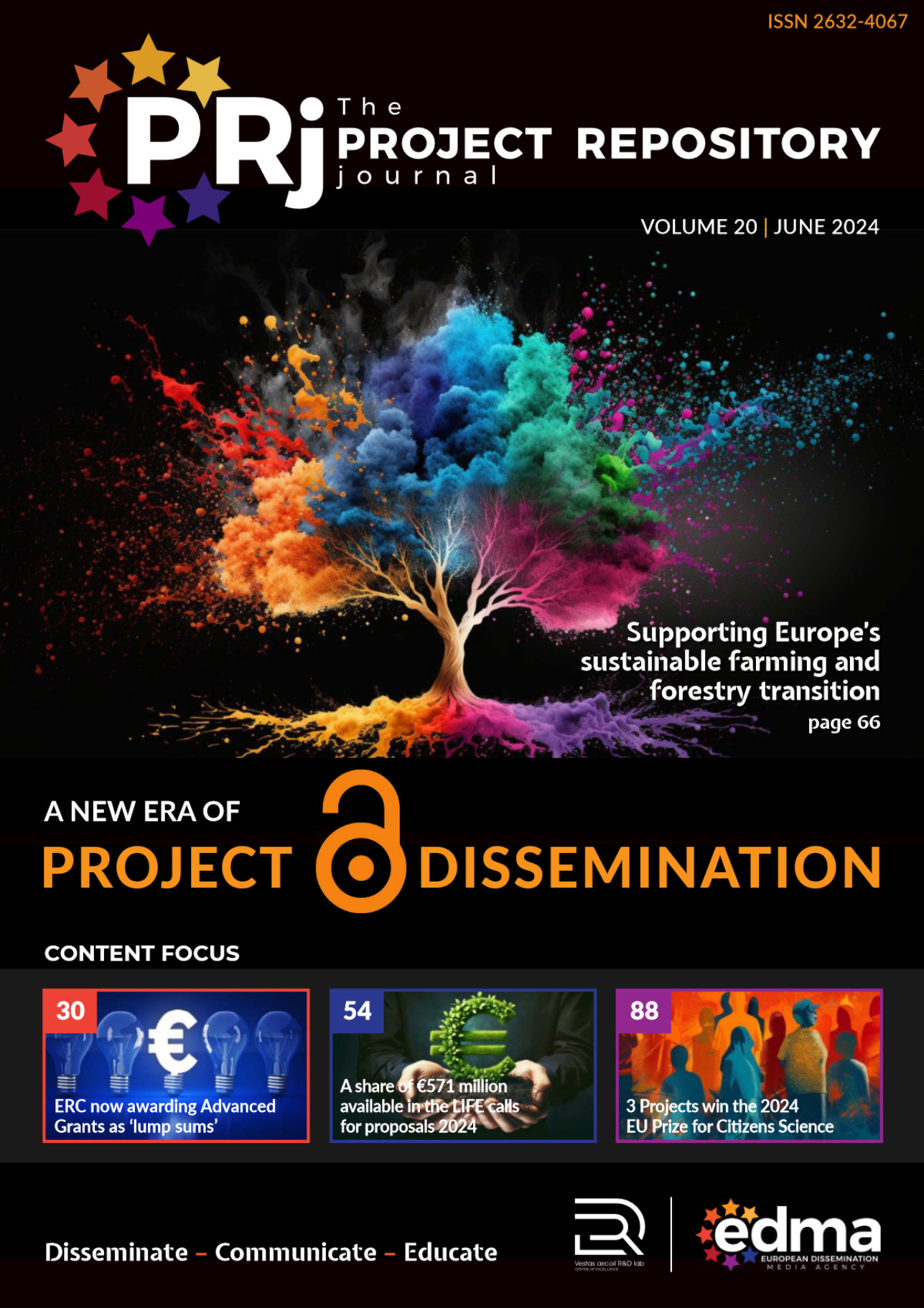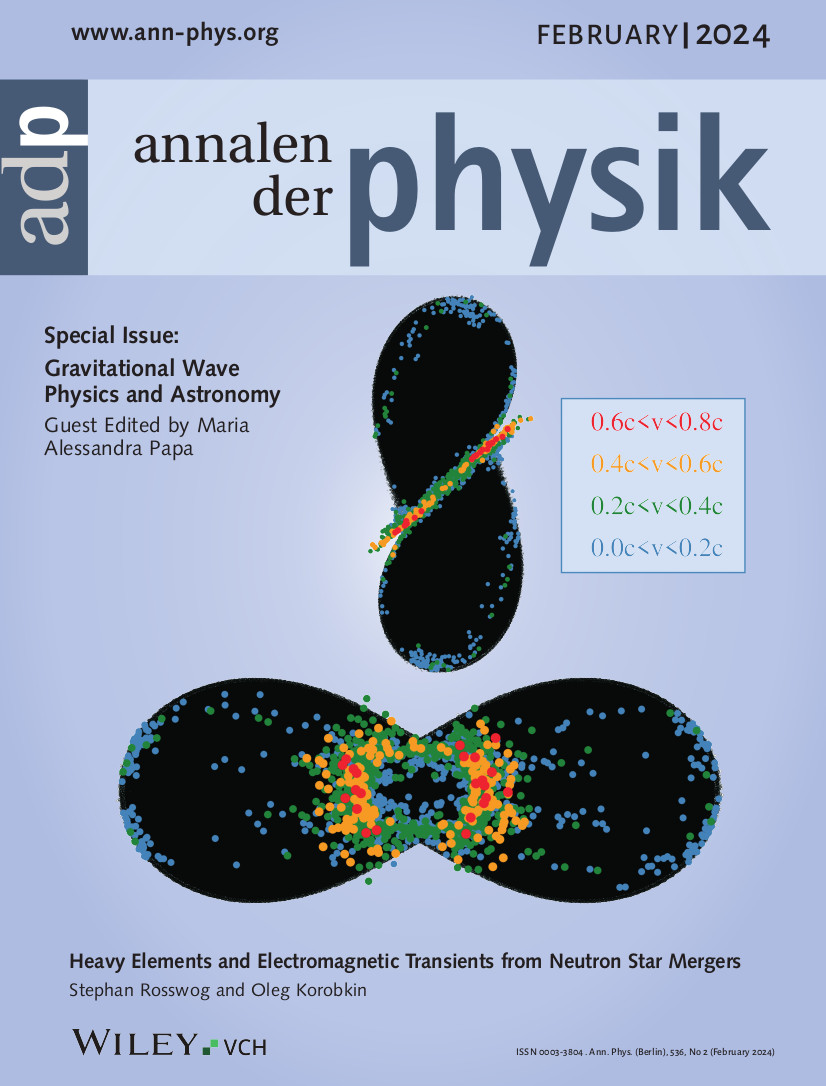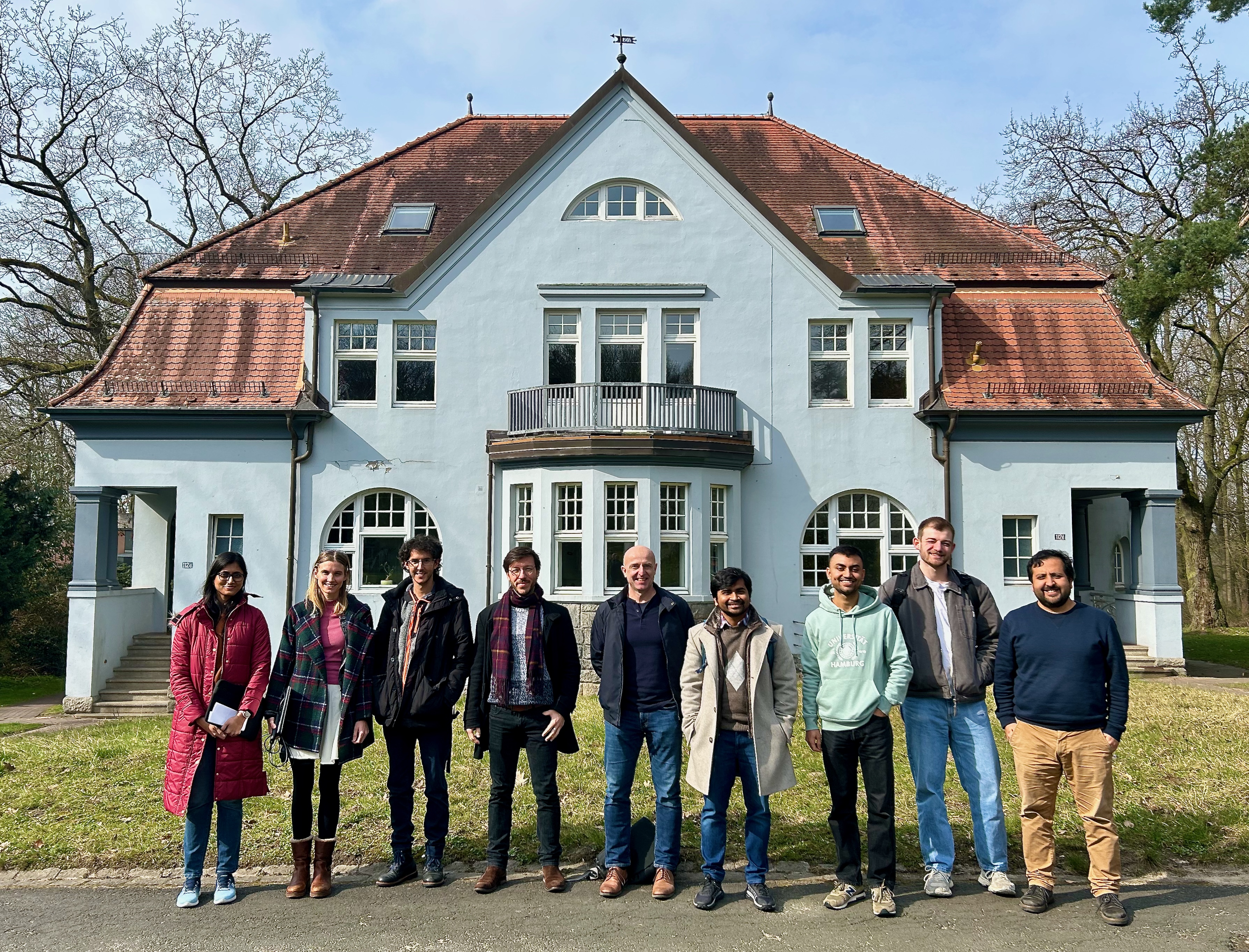Compact objects & highly energetic events
Prof. Dr. Stephan Rosswog
I am Professor of the Theoretical Astrophysics of Compact Objects at the Hamburger Sternwarte and a member of Quantum Universe Cluster of Excellence.
Research topics:
- Multi-messenger signals of compact binary mergers containing neutron stars and black holes
- Nucleosynthesis of heavy elements
- Tidal disruption events
- Numerical Relativity
- Lagrangian hydrodynamics
For our publications see: NASA ADS
Also, feel free to take a look at our research data and sample movies.
Notable research results
Astrophysics:
First demonstration that
- Neutron star mergers produce heavy (“rapid neutron capture”; “r-process”) elements and they eject enough matter to be a major or even dominant source of heavy elements in the cosmos
[Rosswog et al., A&A 341, 499 (1999);
Freiburghaus, Rosswog, Thielemann, ApJL 525, 121 (1999)] - Kelvin Helmholtz instabilities in neutron star mergers rapidly amplify magnetic fields beyond magnetar strength
[Price & Rosswog, Science 312, 719 (2006), Science Magazine cover page] - Dynamical collisions of White Dwarf stars trigger type Ia supernova explosions
[Rosswog et al., ApJ 705, 128 (2009)] - Tidal disruptions of White Dwarf stars by intermediate mass black holes can trigger thermonuclear explosions and appear as peculiar type Ia supernovae
[Rosswog et al., ApJ 695, 404 (2009)]. - The r-process in tidal ejecta of neutron star mergers is astrophysically extremely robust and hardly depends on masses, mass ratios etc.
[Korobkin, Rosswog et al., MNRAS 426, 1940 (2012)] - Neutron star merger ejecta can be numerically evolved for many years (not just tens of milliseconds as done by previous simulations). The heating from r-process has essentially no impact on the nucleosynthesis, but a large effect on the ejecta morphology
[Rosswog et al., MNRAS 439, 744 (2014)] - Neutrino-driven winds from neutron star mergers are an important cosmic source of heavy elements
[Perego, Rosswog et al., MNRAs 443, 3134 (2014)] - The first observed neutron star merger event, GW170817, indeed produced r-process elements
[Rosswog et al., A&A 615, 132 (2018)] - A non-negligible fraction of neutron star mergers contains a millisecond neutron star. Such mergers are significantly different from “standard” mergers with stellar spins close to zero
[Rosswog et al., eprint arXiv:2310.15920 (2023)]
Methodological developments:
- Implementation of magnetic fields via Euler potentials into Smoothed Particle Hydrodynamics
[SPH; Rosswog & Price, MNRAS 379, 915 (2007)] - Major improvements of the accuracy of the general Smoothed Particle Hydrodynamics method
[Rosswog, MNRAS 448, 3628 (2015)] - Development of the high-accuracy Lagrangian Hydrodynamics code MAGMA2
[Rosswog, MNRAS 498, 4230 (2020)] - Development of the world-wide first Lagrangian hydrodynamics code that solves the full set of Einstein’s field equations: SPHINCS_BSSN
[Rosswog & Diener, Classical and Quantum Gravity, 38k5002 (2021)].






 Past Events
Past Events